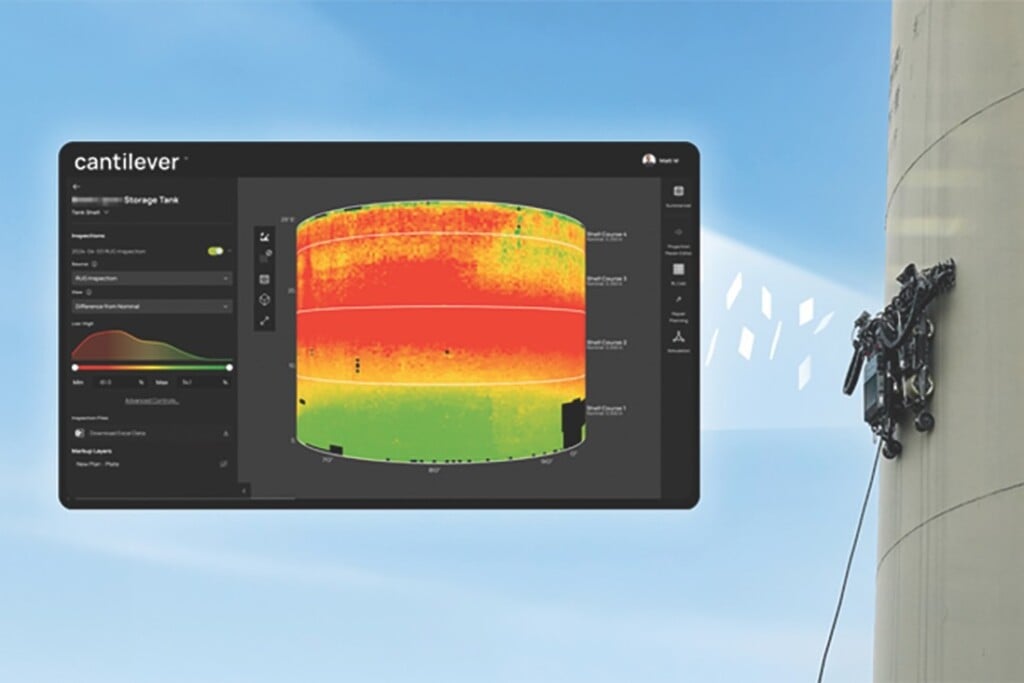‘The Pitt’ Medical Series is Shifting Attitudes, Moving Viewers to Action, Study Shows
An analysis by USC’s Norman Lear Center shows how entertainment influences audiences.

FROM LEFT, SHABANA AZEEZ, NOAH WYLE, SUPRIYA GANESH AND PATRICK BALL ON ‘THE PITT’ | PHOTO BY WARRICK PAGE/MAX
Dr. Joe Sachs, a medical doctor and co-executive producer on the Emmy-winning hit show, “The Pitt,” relayed a story that a physician viewer had posted online:
“I was working a night shift in the ER at two in the morning and a 92-year-old woman with a heart attack came in and was not doing well. The family said, ’You know, doctor, you can stop right there. We’ve been watching ‘The Pitt’ and we’ve seen how much suffering can be caused by resuscitation efforts when there’s no meaningful hope, and we would just like to have comfort care.’ ”
The HBO Max series — which is set at a fictional Pittsburgh hospital and is partially filmed at Allegheny General Hospital on the North Side — reaches 10 million viewers. Its second season returns on Jan. 8.
The show’s authentic messages, information and empathy, as referenced by the post above, are having a profound impact on general viewers’ understanding of health procedures, particularly when it comes to organ donation and end-of-life decisions, according to a new study by the Norman Lear Center at the University of Southern California.
“Our findings show that accurate, expert-informed health stories built around authentic characters not only validate the lived experiences of medical providers but also have the power to shift attitudes and move audiences to action,” according to the study.
For 25 years, USC Annenberg’s Norman Lear Center has studied how entertainment has influenced audiences’ knowledge, attitudes and behaviors.
Medical professionals, including those at Allegheny General Hospital, have said that the show’s portrayal of health workers and medical scenarios are the most accurate they have seen of any medical show. The first season features 15 episodes, each covering one hour of a 15-hour shift.
In the Lear Center study, researchers decided to dig into two issues in particular — organ donation and end-of-life decisions.
A storyline In Episodes 2 through 8 involved 19-year-old Nick Bradley, who was brought in unconscious and in respiratory distress, having overdosed on fentanyl. A test confirmed that no oxygen was reaching Nick’s brain stem; he was brain dead and would not wake up. Nick had registered as an organ donor, but his parents (particularly his mother, Lily) couldn’t accept his death. After conferring with their pastor, they ultimately decided to donate his organs.
In one of the most poignant scenes — which is authentic in hospital settings — hospital personnel lined up on both sides of a hallway to provide a silent tribute as Nick on his gurney was rolled to the operating room where his organs would be removed. It’s known as the “honor walk.”
In the end-of-life scenario in Episodes 1 through 4, an older man is brought in suffering from pneumonia and sepsis. He has an advance directive with a do-not-intubate order, when a breathing tube is placed in the windpipe to extend life. His adult son, Jereme, wants to honor his wishes, while daughter Helen, experiencing guilt over their relationship, wants to continue medical intervention. Initially, Jereme and Helen have their father intubated against his wishes, causing him visible suffering. Following an exercise with senior attending physician Dr. Michael Rabinovitch (played by Noah Wyle) on saying goodbye to a loved one, Jereme and Helen jointly decide to discontinue life support and allow their father to die peacefully.
Compared to non-viewers, those who saw either storyline had more positive attitudes and greater intentions to make plans or discuss preferences with loved ones, according to the study. This was particularly true among non-White (and especially Black) audiences. Viewers who were transported into the narrative of the show had more positive outcomes, particularly attitudes toward organ donation and end-of-life planning.
And those who saw either storyline were consistently two to three times more likely to have sought or shared information about the topics of interest than non-viewers: 26.9% of viewers who watched the overdose story sought information about organ donation; 17.2% of the overdose viewers shared about organ donation on social media; 38.8% of end-of-life viewers sought information about end-of-life planning; 15.3% of end-of-life viewers shared information about end-of-life planning.
Beyond those two major storylines, even smaller stories had impact, according to the study.
The brief storyline involving a patient who had served with the Freedom House Ambulance Service — the all-Black ambulance service started in 1967 in Pittsburgh’s Hill District that pioneered emergency care nationally — spurred Google searches to more than double immediately following the episode and remain elevated for weeks.
This finding underscores that even a relatively minor storyline has the ability to motivate audiences to search for more information and expand their awareness, according to the Lear study.
In overall conclusions, nearly nine in 10 viewers of The Pitt “somewhat” or “strongly” agreed that the show:
- Does a good job of educating people while entertaining them (89.9%)
- Makes the stress health care providers face understandable and relatable (89.9%)
- Reveals how understaffing of medical professionals can lead to negative patient outcomes (86.7%)
Health care workers reported feeling validated and seen by “The Pitt’s” realistic portrayals of emergency medicine. They found the stories and characters authentic and appreciated the show’s focus on the “hidden toll” providers face, according to the study’s conclusions.
The show was created by Wyle, R. Scott Gemmill and John Wells, a Carnegie Mellon University graduate. This team also worked together on NBC’s long-running show “ER.” “The Pitt” earlier this year won three major Emmy Awards: Outstanding Drama Series, Lead Actor in a Drama Series (Wyle), and Supporting Actress in a Drama Series (Katherine LaNasa, who plays nurse Dana Evans).











